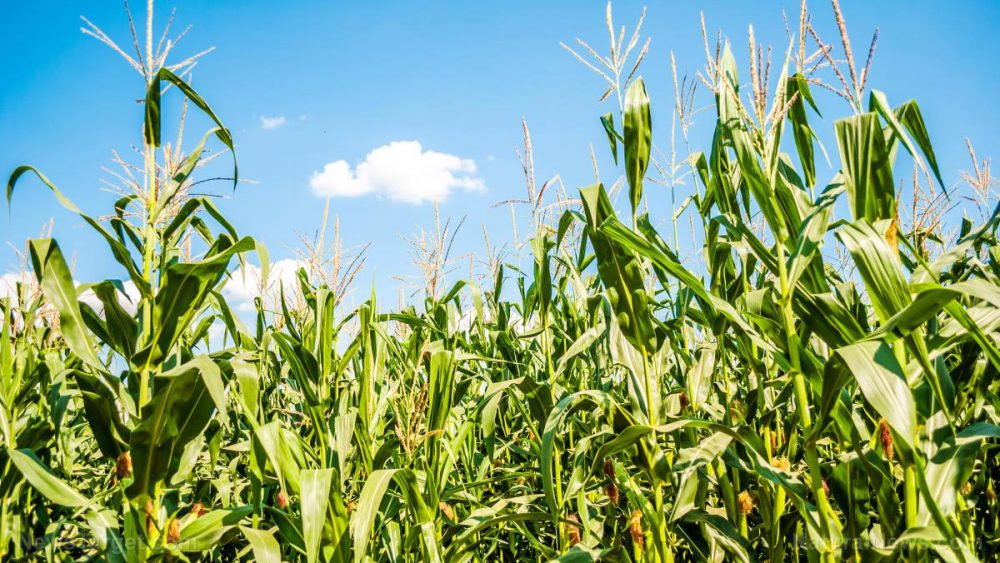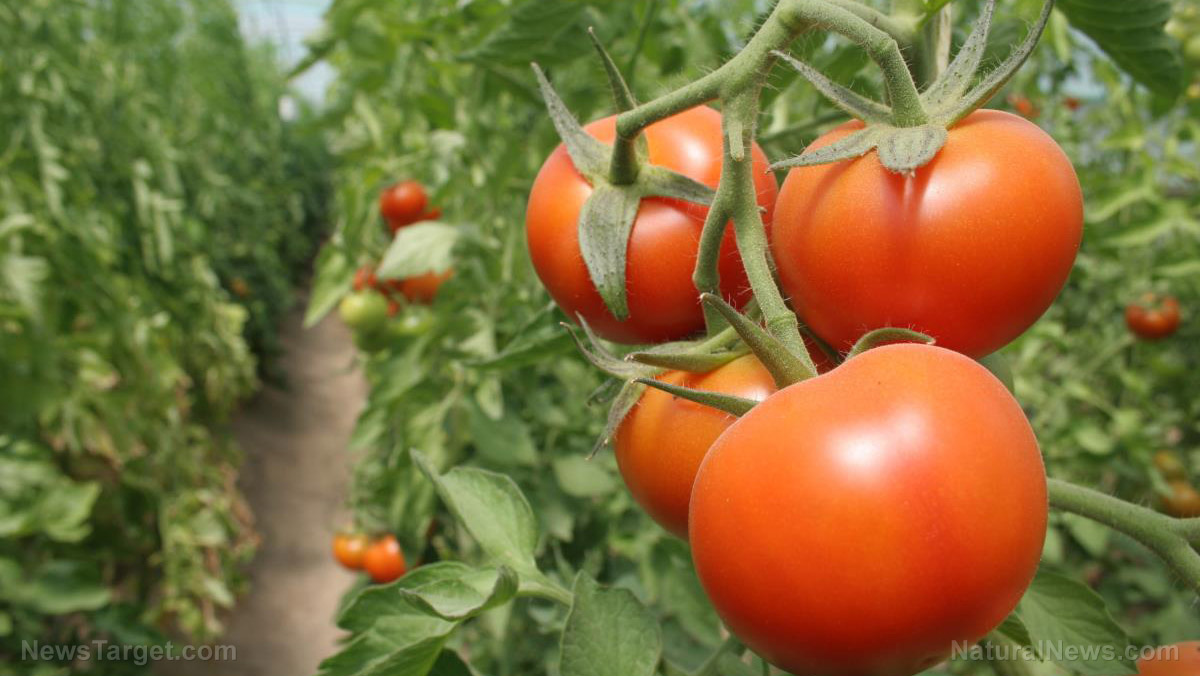
Advertisement
It can be hard to imagine plants proactively defending themselves from danger, but a study published in Springer Nature says they do, even going as far as modifying their own chemistry.
It’s no secret that plants’ ability to defend themselves is somewhat limited. Unlike animals, they don’t have claws or teeth with which to threaten their enemy. They can’t run away either. But they have become very creative with what abilities they do possess.
One of the most common ways by which plants protect themselves is by making their parts inedible or extremely undesirable to predators. Scientists have recently looked into how exactly plants do this.
American researchers looked into the Mp708, a particular genotype of corn that is known for its insect resistance. They wanted to know what took place inside the plant when it’s attacked by pests, such as the fall armyworm (FAW, Spodoptera frugiperda). Unlike other pests that eat only leaves, FAW eats most of the plant – even ears of corn – enabling it to cause considerable damage to crops.
Upon analyzing plants that were infested with FAW and those that weren’t, the researchers noted the presence of 4,675 proteins in the leaves and roots. However, 794 of these proteins changed in concentration in response to the attack from FAW.
The leaves of FAW-infested plants had upregulated quantities of jasmonic acid biosynthetic enzymes, cysteine proteases, protease inhibitors, REDOX-related proteins, and peroxidases. Jasmonic acid is especially notable as it is one of the natural chemicals commonly used by plants to resist per infestations.
In the roots, the scientists found proteins involved in ethylene (ET) biosynthesis, DNA expression regulation, and pyruvate biosynthesis. They suspected that all these proteins and processes played an important part in defending the plant from FAW and other threats.
The researchers highlighted several possible defense mechanisms employed by the plants. First, was the reduction of trade-offs between growth and defense. This refers to how plants work to achieve balance by allocating their meager resources to either defense or growth. Modern crops, like maize, are optimized toward growth, but they appear to lean more toward defense in the presence of pests.
The scientists also proposed that both jasmonic acid and ethylene controlled the accumulation of cysteine protease (MIR1-CP) in the plant’s leaves, while ethylene alone led to the accumulation of MIR1-CP in the plants’ roots. Cysteine protease is found in many organisms, including bacteria and fungi, and are known for their insecticidal properties.
Their last suggestion offered that receptor kinases are involved in activating root-specific defenses even for infestations that occur above-ground. This agrees with studies hypothesizing that more than supporting the plant and absorbing nutrients from the soil, the roots also play a vital place in defensive response, acting as the “mover and shaker” during pert attacks.
How do plants protect themselves?
Different species of plants have evolved various ways to keep themselves safe from harm. Here are some of those methods:
- Thorns, spines, and prickles – These are pointy growths, usually found in plant stems and twigs, meant to stab and cause their predators pain. Plants that have these include roses, cacti, and different types of citrus.
- Trichome – The fine, hair-like trichome may seem non-threatening, but they can be nastier than thorns. Nothing exemplifies this better than the stinging nettle. Its trichomes make tiny wounds, through which the plant injects toxins that can cause permanent nerve damage and even death.
- Idioblast – To describe idioblasts as natural bombs wouldn’t be too inaccurate. The dieffenbachia, a common houseplant, contain idioblasts that fire barbed calcium oxalate crystals into predators that bite into it. It then releases a paralyzing enzyme similar in effect to reptilian venom.
- Mutual relationships – Some species of acacia “hire” ant colonies for protection. They produce food for the ants, which then murder any insect, fungus, or other plants that attack the trees. They are so vicious that they will even nip the parts of other plants that grow too close to their tree.
- Crypsis – It’s not just the possum (among other animals) that play dead when in danger. Even lightly brushing against Mimosa pudica causes the plant to close its leaves and seemingly wither and die. This makes it unpalatable and unattractive to would-be predators.
- Chemical signaling – Other plants prefer to issue a warning to others when attacked by fungi and animals. They release volatile organic compounds into the air which cause surrounding plants to prepare their own defenses, usually by making themselves poisonous. (Related: Tomato plants “eavesdrop” on snails to build preemptive defenses.)
Learn how plants react to their environment at Ecology.news.
Sources include:
Advertisements







